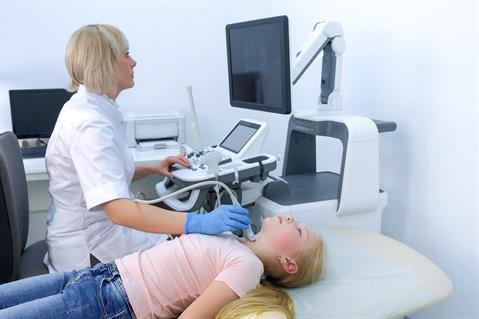Health consequences of the Chernobyl nuclear accident

Overview
Background
On 26 April 1986, explosions at reactor number four of the nuclear power plant at Chernobyl in Ukraine, a Republic of the former Soviet Union at that time, led to huge releases of radioactive materials into the atmosphere. These materials were deposited mainly over countries in Europe, but especially over large areas of Belarus, the Russian Federation and Ukraine.
An estimated 350 000 clean-up workers or "liquidators" from the army, power plant staff, local police and fire services were initially involved in containing and cleaning up the radioactive debris during 1986-1987. About 240 000 liquidators received the highest radiation doses while conducting major mitigation activities within the 30 km zone around the reactor. Later, the number of registered liquidators rose to 600 000, although only a small fraction of these were exposed to high levels of radiation.
In the spring and summer of 1986, 116 000 people were evacuated from the area surrounding the Chernobyl reactor to non-contaminated areas. Another 230 000 people were relocated in subsequent years.
Currently about five million people live in areas of Belarus, the Russian Federation and Ukraine with levels of radioactive caesium deposition more than 37 kBq/m2 1 . Among them, about 270 000 people continue to live in areas classified by Soviet authorities as strictly controlled zones (SCZs), where radioactive caesium contamination exceeds 555 kBq/m2.
